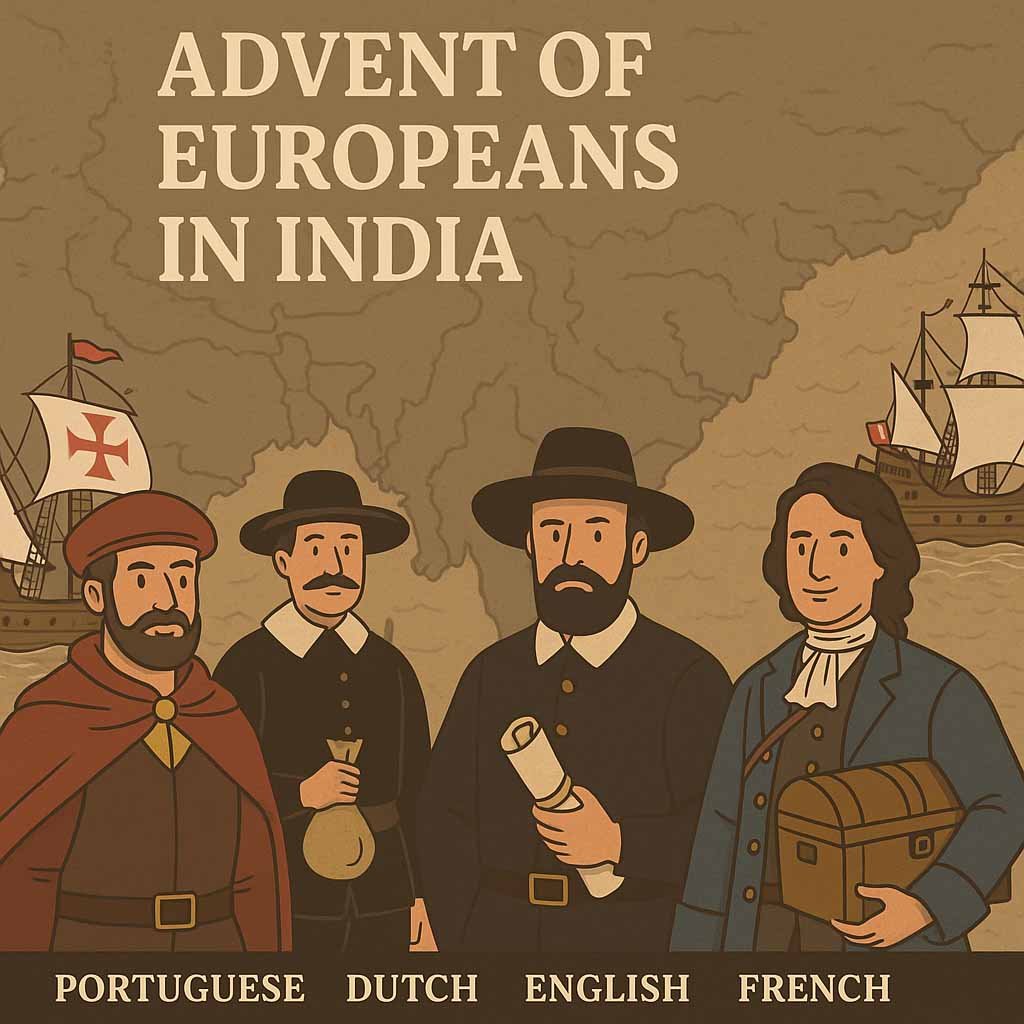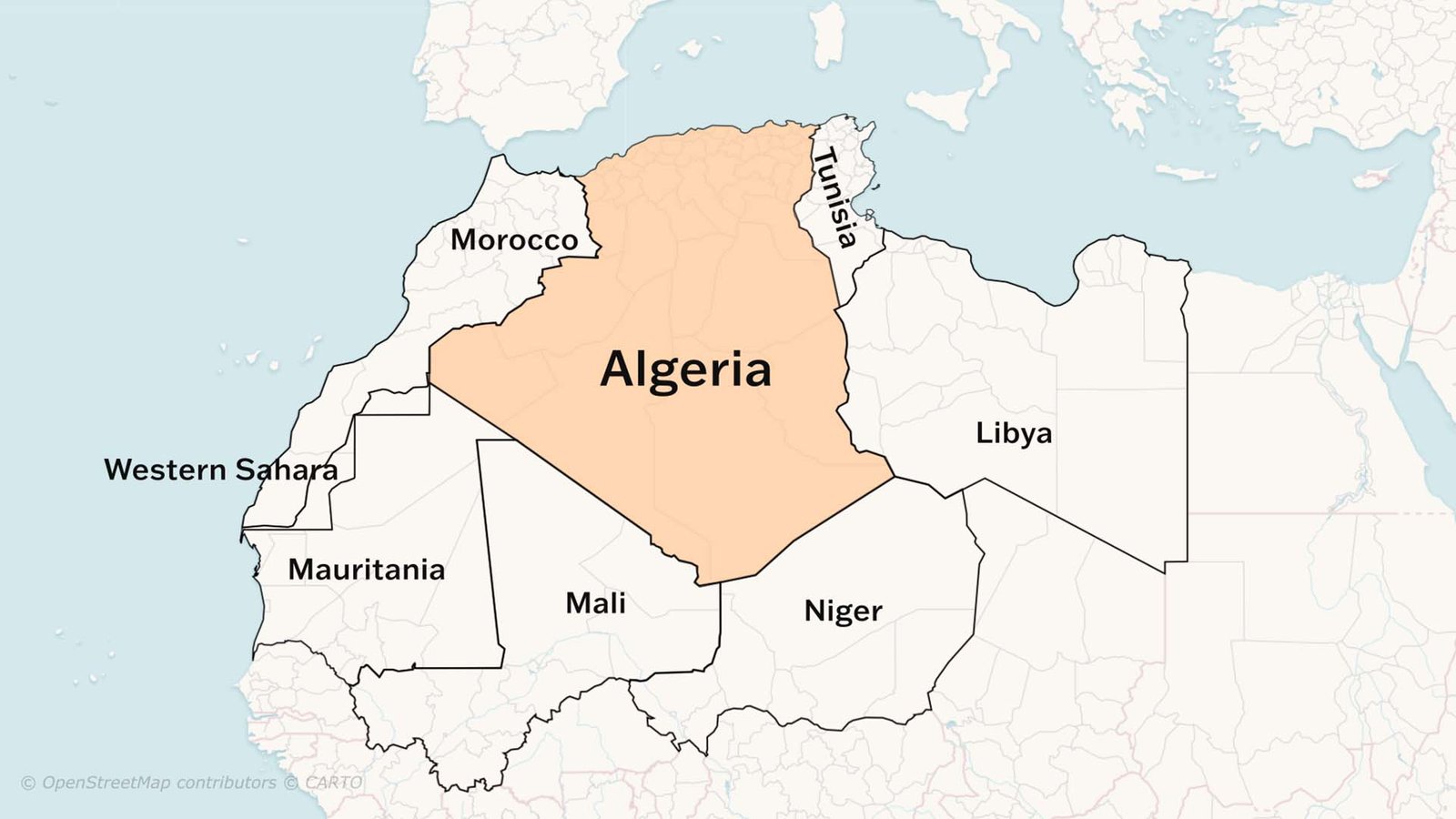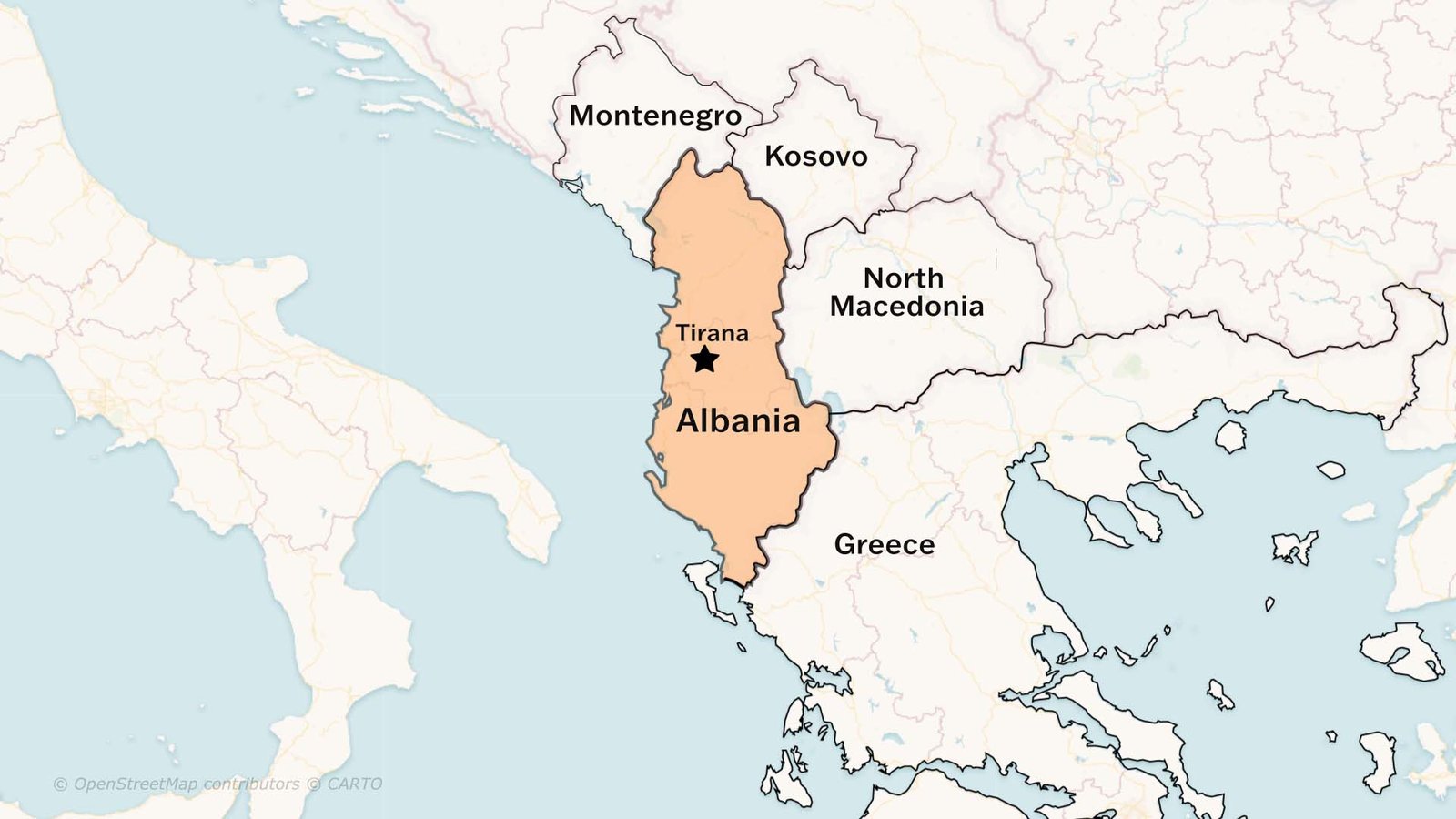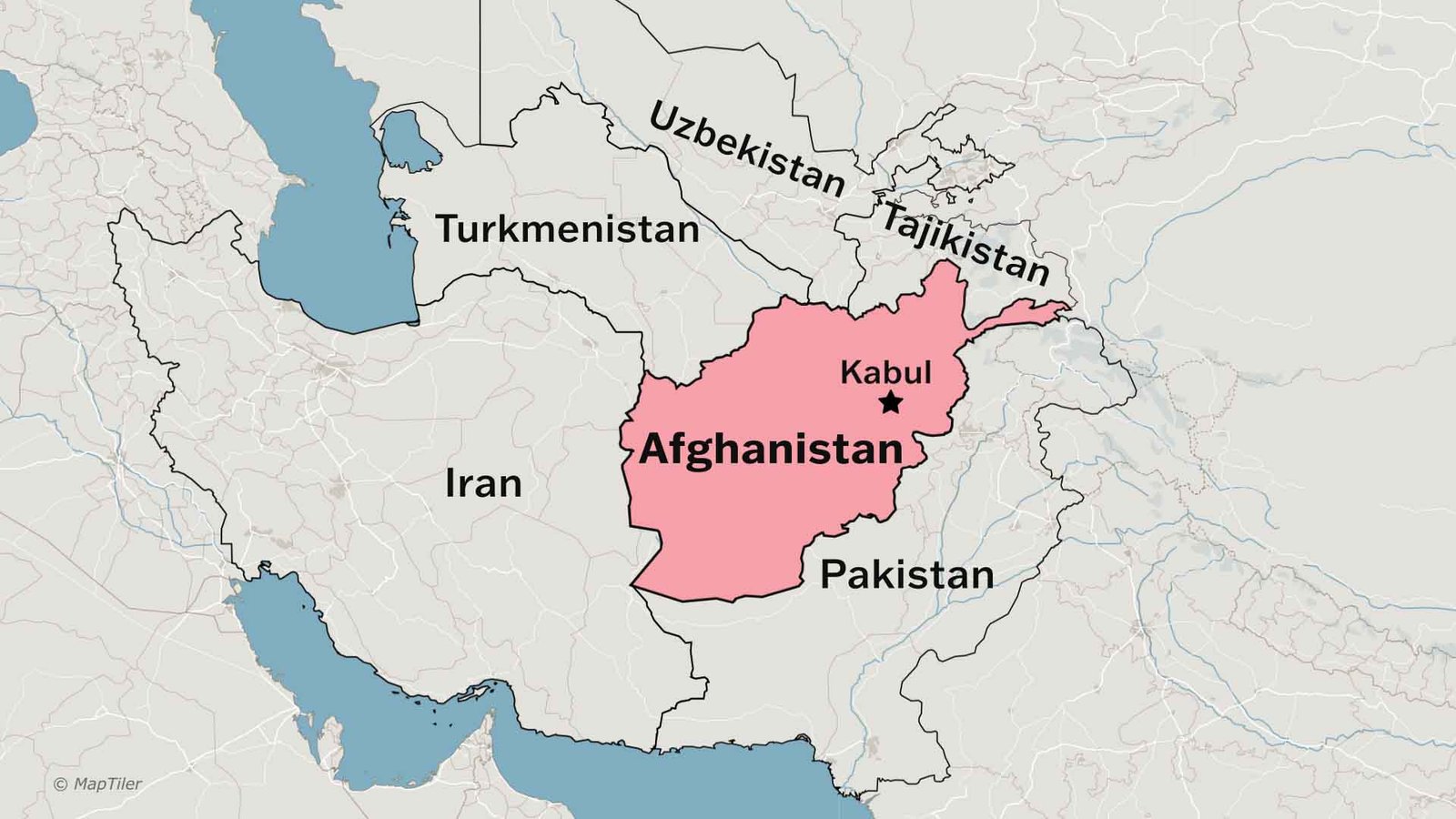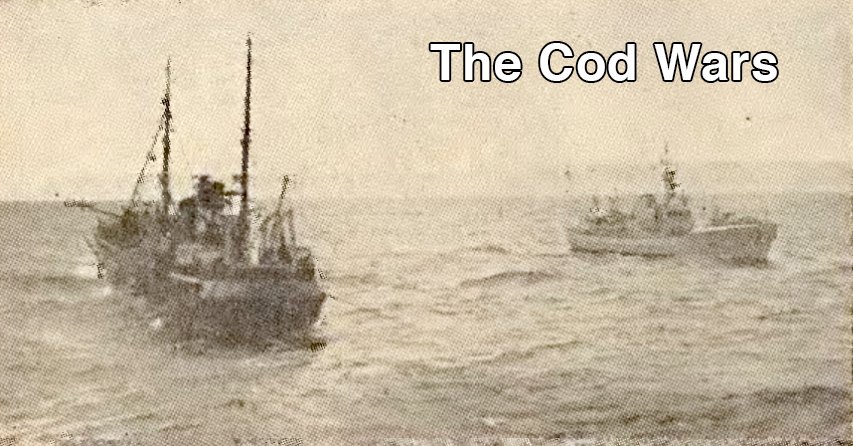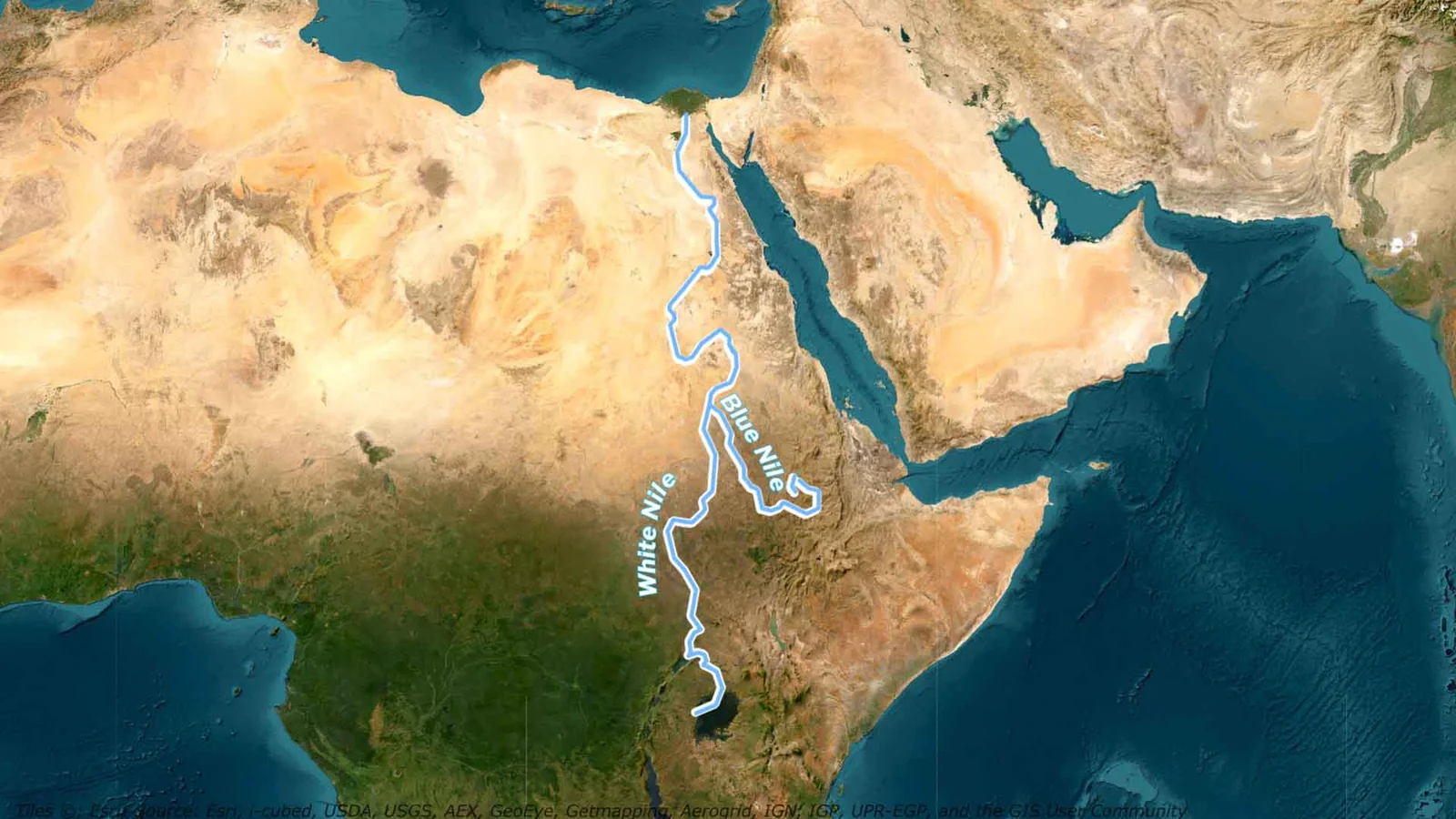Why Europeans Came to India
Europeans have been coming to India throughout history. It was not a new phenomenon. It was just that after the fall of Constantinople, Europeans discovered a new route to India.
Why spices?
-
God: God means to spread religion; the Portuguese were most determined in this task compared to other contemporaries. They built churches, provided incentives to converts.
-
Gold: India was the biggest economy of that time, and merchants were interested in trading in spices.
-
Glory: Glory means to regain lost glory after triumph of Arabs and Turks over region and so many reasons that are out of context in this lesson.
Why a new route?
-
1453: Ottoman Turks occupied Constantinople in 1453, which lay on the silk trade route; it was the only practical land route that connected Europe to Asia, and the Turks gained a monopoly over that route. Spices became inaccessible, unaffordable and unavailable in Europe and to Europeans
-
Europe in search of a new route: As Europe required spices for survival, there was a high demand, and there was a need for a new route to India. A direct sea-link with India would displace the virtual monopoly of the Arabs and Turks over trade in eastern goods, especially spices. So many Europeans tried to come to India via the sea route, and finally Vasco de Gama discovered the complete sea route to India from Europe via the Cape of Good Hope. The word complete is important here. He reached Calicut, located in Kerala, in 1498.
-
Subsequently, the Portuguese were followed by the Dutch ( 1605), English (1608), Danes (1618) and French (1668)
The Advent of Europeans in India and competition among Europeans
Competition among European powers in India—particularly the Portuguese, Dutch, French, and British—soon escalated into intense rivalries. This competition wasn’t just commercial; it often turned violent, with these powers fighting and even sinking each other’s ships to dominate the lucrative Indian trade. The high stakes and mounting animosity necessitated stronger protection for goods, merchants, and trade routes. To facilitate both import and export of commodities while ensuring security, the Europeans established fortified trading posts along the coastline. These posts, known as factories, became the very first structures they built upon arriving in India. Thus, competition led to conflict, which led to naval warfare and ultimately to the establishment of heavily secured coastal trading hubs.
What Were the Factories?
In historical context, the term factory did not refer to a place where goods were manufactured, as it does today. Instead, during the early period of European trade in India, factories were essentially warehouses or godowns used to store goods. These establishments played a vital role in the import-export operations of European trading companies.
The person responsible for maintaining and managing these facilities was known as a Factor. Most factories were strategically located along the coastal areas, near ports or on riverbanks close to the sea, allowing easy access for ships and ensuring smooth trading operations.
However, as competition among European powers intensified and the need for protection grew, many of these factories were fortified. This led to friction with local Indian rulers, who viewed fortification as a threat to their sovereignty and authority. The act of fortifying trading posts sparked political tensions, and over time, it became increasingly difficult for European trading companies to separate commerce from politics. What began as simple trade slowly evolved into political involvement and ultimately colonial control.
So now, with all that being said, let us go back to the year 1498. At this point, no European trading companies were operating in India. Portugal and Spain had invested heavily in the discovery of new sea routes, and finally, Vasco da Gama successfully discovered a complete sea route to India via the Cape of Good Hope. Thus, we begin by learning about the Portuguese.
The Portuguese
Among the notable Portuguese figures during this period were Vasco da Gama, Francisco de Almeida, and Afonso de Albuquerque. Vasco da Gama first arrived in Kerala, India, in 1498, where he was received by the local ruler, the Zamorin. As planned, he purchased spices and, upon returning to Europe, sold them at a profit sixty-four times greater than the cost of his voyage. Motivated by this massive gain, he returned to India with greater ambitions. This time, he sought a monopoly over the spice trade and demanded that the Zamorin expel all Arab and Egyptian merchants trading in the region. The Zamorin rejected these demands, which hurt Portuguese sentiments. To consolidate their position in the Indian Ocean, the Portuguese began establishing trading posts along the western coast of India.
Now, a common misconception is that the Mughals were present in India before the Europeans. However, this is incorrect. The Portuguese arrived in India nearly a century before other European trading companies and even before the Mughal Empire was established. Babur captured Delhi in 1526, almost 28 years after Vasco da Gama first set foot in India. This gives us a broader perspective of the Indian subcontinent during that time.
Returning to the Portuguese, we must discuss two important viceroys who laid the foundation of Portuguese power in India by building a network of trading posts and fortresses: Francisco de Almeida and Afonso de Albuquerque. Francisco de Almeida was the first governor of Portuguese India. The Portuguese aim of monopolising trade on the western coast angered the already-established Arab and Egyptian merchants, resulting in conflict. These conflicts eventually allowed the Portuguese to gain more trading posts. Almeida was later replaced by Afonso de Albuquerque.
Afonso de Albuquerque became governor in 1510 and captured Goa from the Bijapur Sultanate by defeating the Adilshahi ruler. He championed a three-fold strategy for Portuguese India—combating Islam, spreading Christianity, and securing the spice trade by establishing a Portuguese Asian empire. He encouraged intermarriage between the Portuguese and local Indian women and built a fort at Calicut to strengthen the Portuguese presence. Notably, the famous Alphonso mangoes are named after him, a testament to his lasting influence.
Let us now turn specifically to Goa. Why does Goa have a distinct culture compared to other Indian states? Why is it considered the most Europeanized state in India? The answer lies in its colonial history. Goa was under Portuguese rule for nearly 450 years, longer than any other region in the subcontinent during that period. This prolonged colonization profoundly shaped Goa’s cultural landscape. As a result, Goa stands apart with its unique blend of European influence. It has beautiful churches found nowhere else in India, a distinct cuisine, a vibrant atmosphere, and an overall cultural identity that reflects its colonial past.
The Dutch in India
Almost a century after the Portuguese set foot in India, the Dutch arrived with commercial ambitions of their own. In 1602, the Dutch East India Company—representing traders from the Netherlands—was formally established. By 1605, Dutch traders had arrived at Surat and began setting up trading depots across the Indian subcontinent. Key Dutch trading centres included Surat, Broach, Cambay, Nagapattinam, Machilipatnam, Chinsura, Patna, and Agra. During the 17th century, the Dutch emerged as one of the most prominent European trading powers in India. However, their dominance was soon challenged by the English, who gradually rose as a formidable competitor. A fierce commercial rivalry between the Dutch and the English continued for nearly 70 years. As the Dutch started losing control over their Indian settlements one by one, they made a strategic decision: they forged a pact with the British and shifted their primary focus to the Indonesian islands, which were rich in spices. This pragmatic move allowed the Dutch to consolidate their influence in Southeast Asia, even as they exited the Indian stage.
The English in India
The remarkable success and immense profits of Portuguese merchants in India stirred the interest and envy of English traders. Motivated by these prospects, a group of private merchants in London established the British East India Company on 31st December 1600 AD. On the very same day, the company was granted a royal charter by Queen Elizabeth I, giving it exclusive rights to trade with the East, referring to all lands east of the Cape of Good Hope.
The English made their first appearance in India in 1608 when Captain William Hawkins arrived at the court of Mughal Emperor Jahangir to seek permission to trade in Surat. Although initially granted, the permission was later revoked due to pressure from the Portuguese, who had already established dominance. A more successful attempt followed in 1615, when Sir Thomas Roe arrived at Jahangir’s court as an ambassador and secured several privileges for the English.
From 1613 onward, Surat became the western headquarters of the English East India Company. Later, in 1662, the city of Bombay was transferred to Prince Charles II of England by Portugal as part of the dowry for his marriage to the Portuguese princess, Catherine of Braganza.
On the southeastern coast of India, the Company established its presence with factories at Masulipatnam in 1611 and Armagaon in 1626, just a few miles north of the Dutch settlement at Pulicat. In 1639, the English secured the lease of Madras (now Chennai) from the Raja of Chandragiri and soon constructed a fortified trading post there—Fort St. George, which would become one of their major strongholds.
The Danes in India
The Danes were among the lesser-known European powers to arrive in India. They made their entry during the 1620s and established settlements at Tranquebar on the southeastern coast of India (present-day Tamil Nadu) and later at Serampore in Bengal. However, the Danish East India Company failed to gain a strong foothold in the subcontinent. Due to their limited influence and poor consolidation of power, they eventually sold all their Indian settlements to the British in 1845.
The French in India
The French were the last major European power to arrive in India. The French East India Company was established in 1664 AD. Their initial attempts were modest, and the company struggled to assert itself in the early days. The first French factory in India was established in Surat in 1668. However, their major achievements during this time included the founding of important settlements at Pondicherry in 1673 and Chandernagore near Calcutta between 1690 and 1692.
The fortunes of the French East India Company changed after 1720 under the leadership of Dumas at Pondicherry and Dupleix at Chandernagore. Dupleix had grand ambitions and sought to challenge the dominance of the English East India Company, especially in Bengal and the Carnatic region.
To further their influence, the French occupied Mauritius in 1721, Mahe on the Malabar Coast in 1725, and Karikal in 1739. Tensions between the English and French trading companies escalated and eventually led to the outbreak of the three Carnatic Wars. These wars were crucial in determining who would dominate the Indian subcontinent.
Ultimately, French ambitions were crushed with their decisive defeat in the Battle of Wandiwash in 1760. This battle effectively ended French colonial aspirations in India, limiting their presence to the small territory of Pondicherry.
Why did trading companies get involved in politics?
Let us now discuss how these trading companies, which originally came to India for commerce, gradually got involved in the politics of the country.
The competition among European trading companies inevitably pushed up the prices of goods in India. As demand increased due to multiple buyers, the prices of local goods rose. However, this intense competition also reduced the profit margins of the companies. As a result, each company began focusing on eliminating its competitors or shifting focus to other regions. For example, as discussed earlier, Dutch merchants redirected their attention to the Indonesian islands after failing to contain the British in India.
Over time, these companies realised that their success depended on securing markets and driving out rivals. This led to frequent and fierce battles among them. Throughout the seventeenth and eighteenth centuries, these companies often sank each other’s ships, blockaded trading routes, and disrupted the movement of rival goods. Trade was increasingly conducted under the shadow of armed conflict, and trading posts were fortified to ensure protection and dominance.
It is important to understand a key principle: to control any region politically, one must first control its economy. These European companies, by dominating trade, were in a position to influence and eventually control the economy of the entire subcontinent.
In this lesson, we covered the following topics:
- Why the Europeans came to India
- The necessity of discovering new trade routes
- How the Portuguese reached India and captured Goa
- Why Goa is considered the most Europeanised state in India
- The formation and activities of the Dutch East India Company
- The formation and rise of the English East India Company
- The short-lived presence of the Danish East India Company
- The arrival and expansion of the French East India Company
- How trade eventually led to battles between these companies
- How trading companies gradually got involved in Indian politics
- The establishment of factories by the Dutch, English, and French in India
- And finally, how these trading companies transitioned from commercial enterprises to political players through conflicts and strategic influence.
Watch now: click me
Read more: Fall of Mughals

